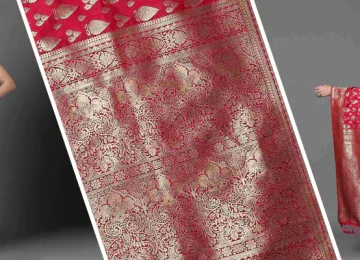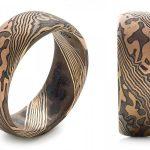As markets have become more fast-paced as the years went by, many tools have been founded to keep up with the increasing demands of consumers. One of them is eCommerce, a platform valued at $13 trillion in 2021 that has been consistently providing features that make buying and selling easier. To understand how eCommerce has been useful, and to determine how it is likely to become more crucial for future transactions, take a look into its development throughout the decades.
The Origins of Online Shopping
As early as the 1960s, companies used computer networks to conduct business when the Advanced Research Project Agency (APRA) commissioned the world’s first routers, the APRANET, making it possible to share business documents while relying solely on Electronic Data Interchange.
In 1979, the American National Standards Institute stepped in and introduced ASC X12, which gave companies a standard for sharing business documents over electronic networks. In the same year, English inventor Michael Aldrich introduced what would eventually become eCommerce. By connecting television (TV) and telephone lines, he made it possible for customers to engage in “teleshopping,” allowing them to call processing centers to place their orders should they desire to buy a product they see in TV commercials.
eCommerce: The First Stores
Boston Computer Exchange technically became the first eCommerce company when it launched in 1982, catering to people who wanted to buy and sell used computers in an online market.
After the invention of hyperlinks, HTML, and HTTP in 1990, which laid the groundwork for the technology that online stores now use, Book Stacks Unlimited, a company that provided an online bulletin board where people can browse books online before ordering by phone, was launched in 1992. This was then followed by Amazon and Ebay in 1995, and by Boo.com in 1999, a short-lived fashion eCommerce wholesale site. This marked the advent of b2b fashion wholesale by making branded apparel available over the internet.
eCommerce in the Early 20s
Many things transpired in the year 2000 alone: Google launched AdWords, which allowed online retailers to advertise their products through pay-per-click ads, while online sales surpassed $25 billion in the US. By 2001, 70% of people with access to the internet were able to make an online purchase during the holiday season, developing the b2b fashion wholesale industry.
In 2008, the first mobile eCommerce purchases were made, and by the end of the early 20s in 2009, Square was launched, allowing sellers to make use of eCommerce technology to accept credit and debit card payments through a mobile platform.
eCommerce Over the Recent Years
In 2010, global eCommerce sales reached $572 billion, an amount that went as high as $3.5 trillion in 2010. The online shopping experience has also evolved, as eCommerce platforms have started to use AI technology. For some branded clothes wholesale in Dubai, augmented reality and virtual fitting rooms have also been developed, allowing customers to make the most out of their online shopping experience.
Outlook in the Coming Years
Experts project online retail sales to reach $6.17 trillion by 2023, with eCommerce sites making up 22.3% of the total. As for the eCommerce fashion industry, a growth of 7.18% by 2025 is projected, raising its value to $1 trillion.
If you are looking to start a b2b fashion wholesale business, or if you are a brand distributor looking to engage in branded clothes wholesale in Dubai, now may be a good time to begin your journey, given the market projections both in the global eCommerce industry and the fashion retail sector. Start your journey by reaching out to Kingpin for more information.












